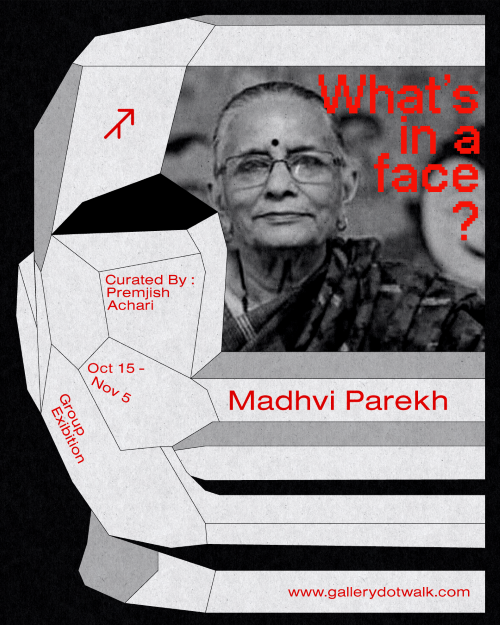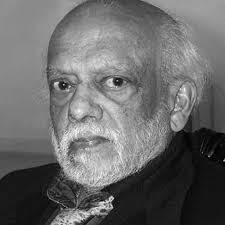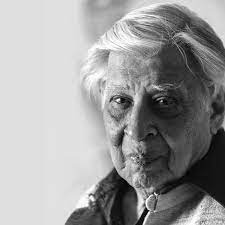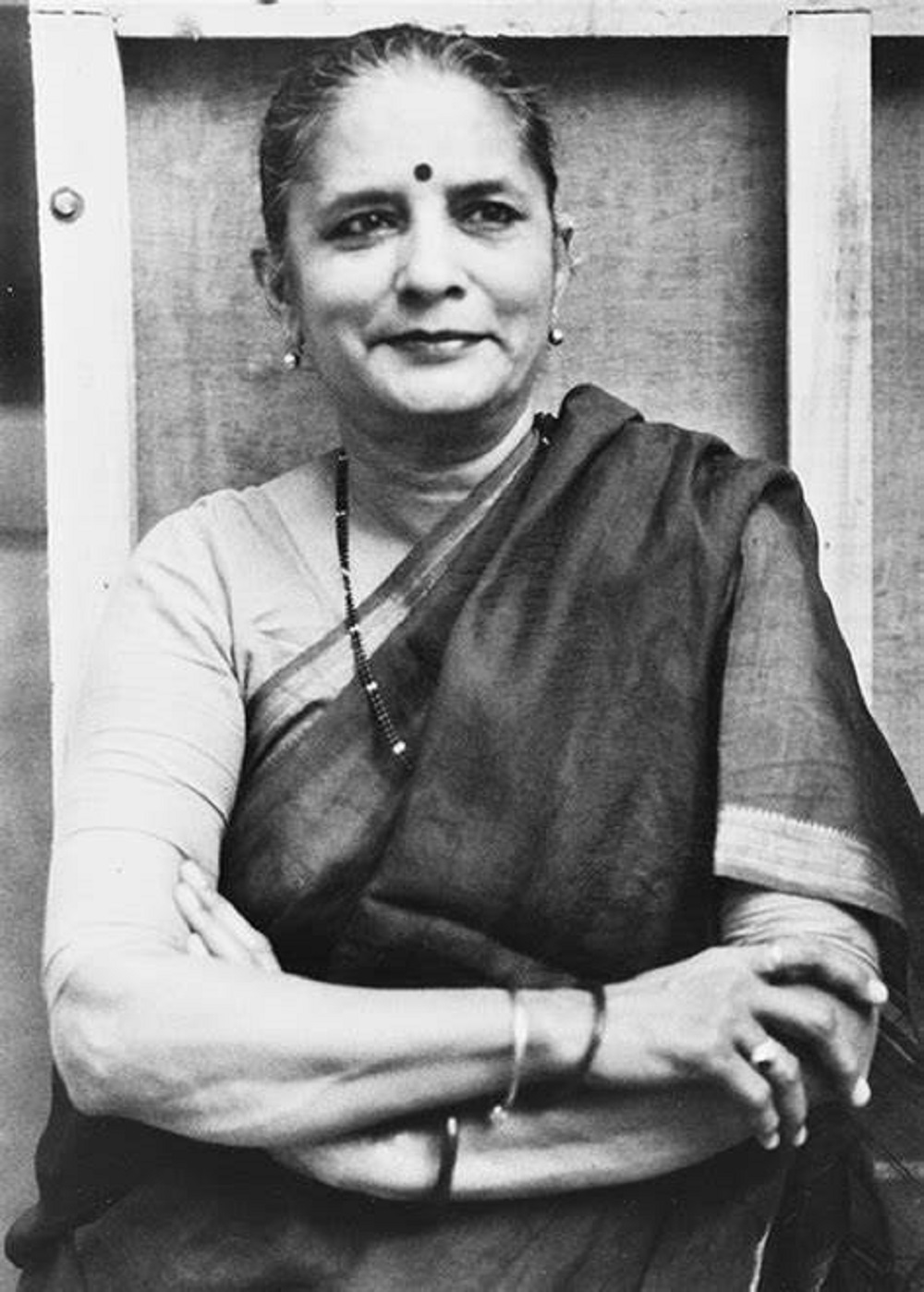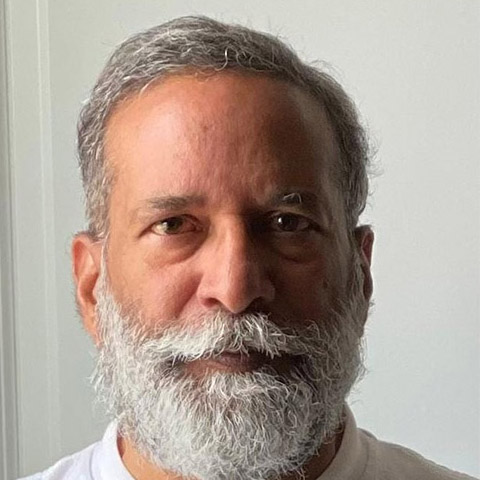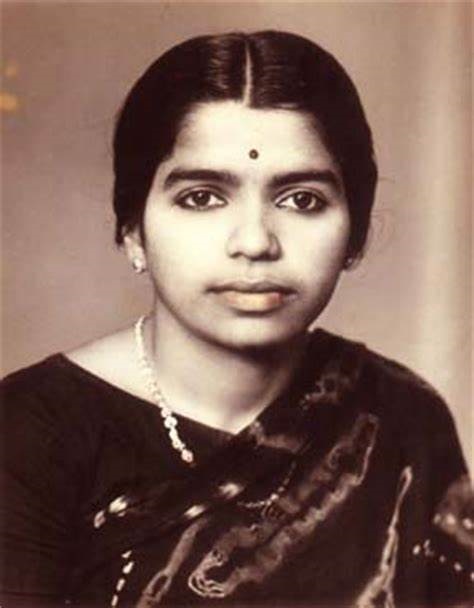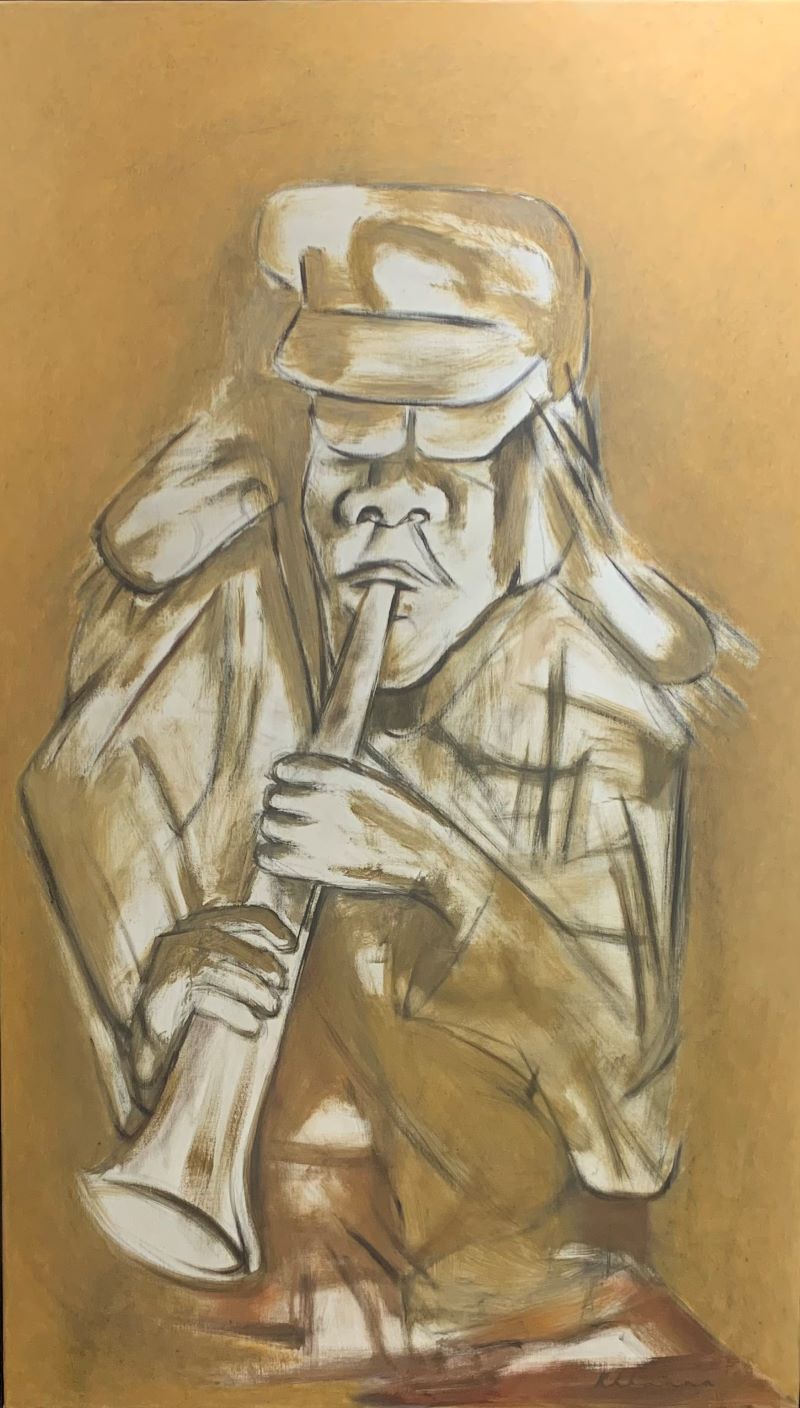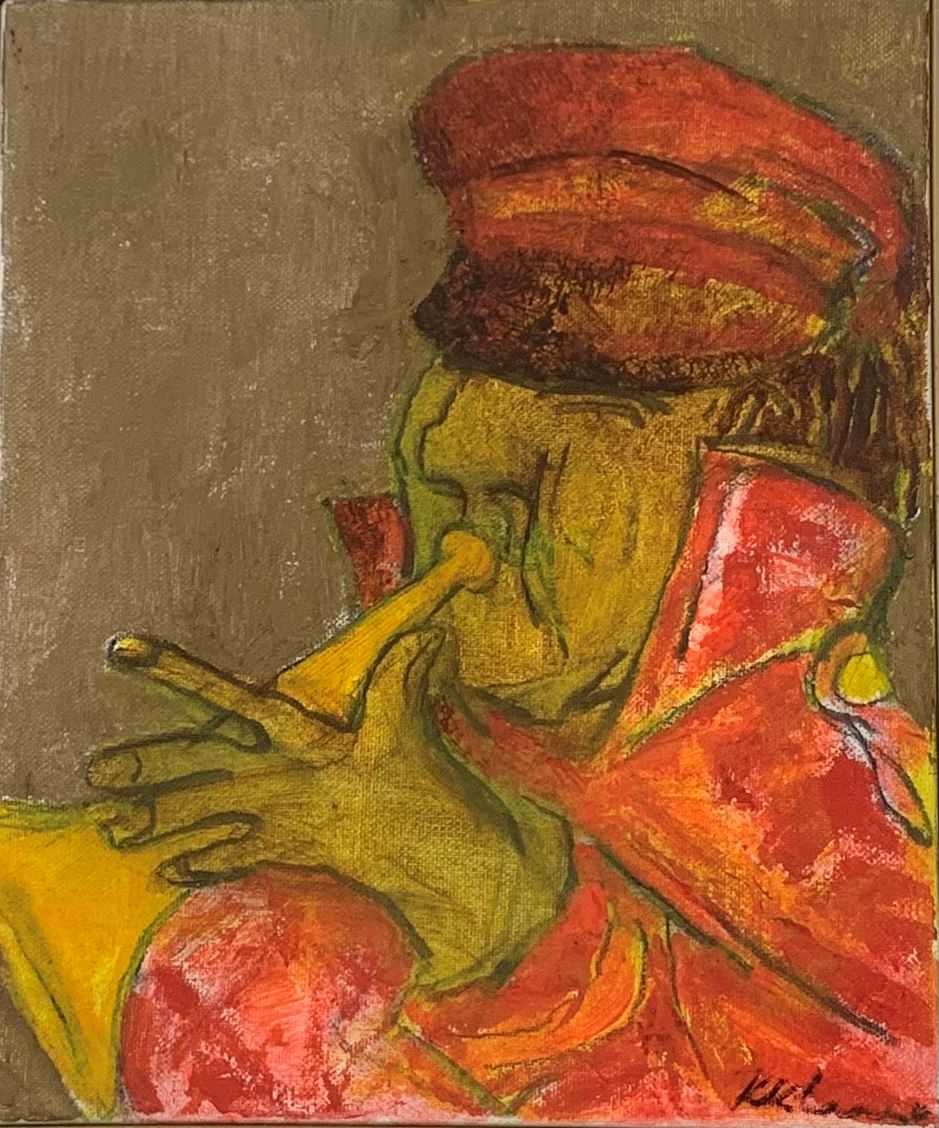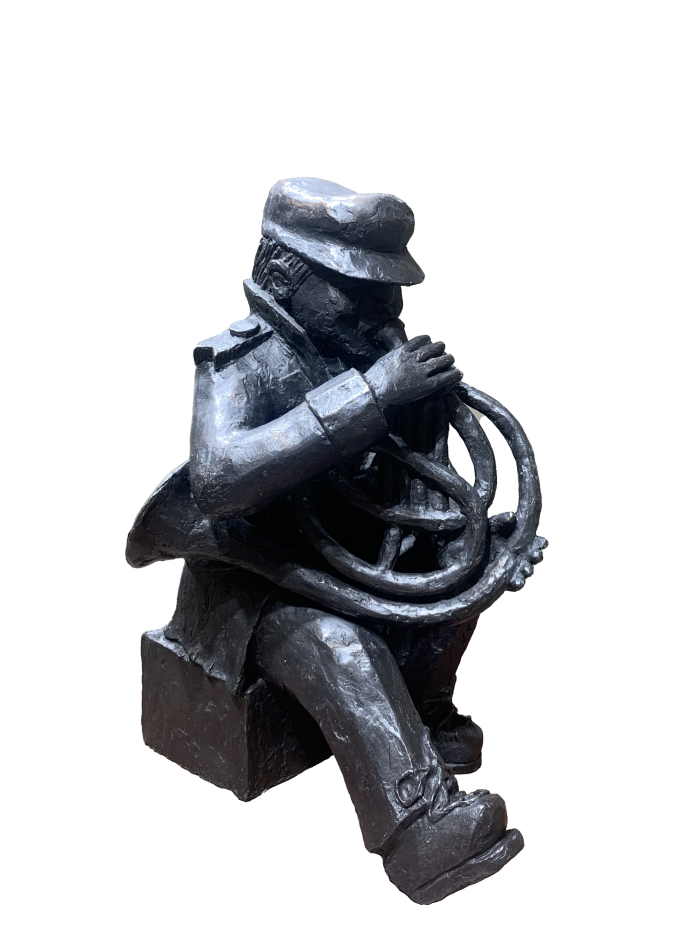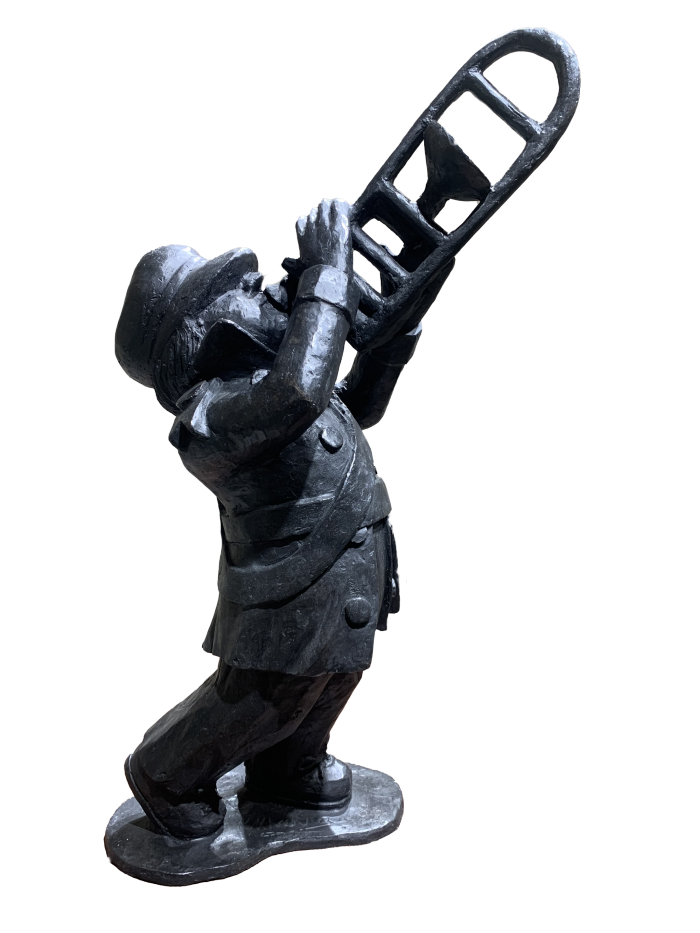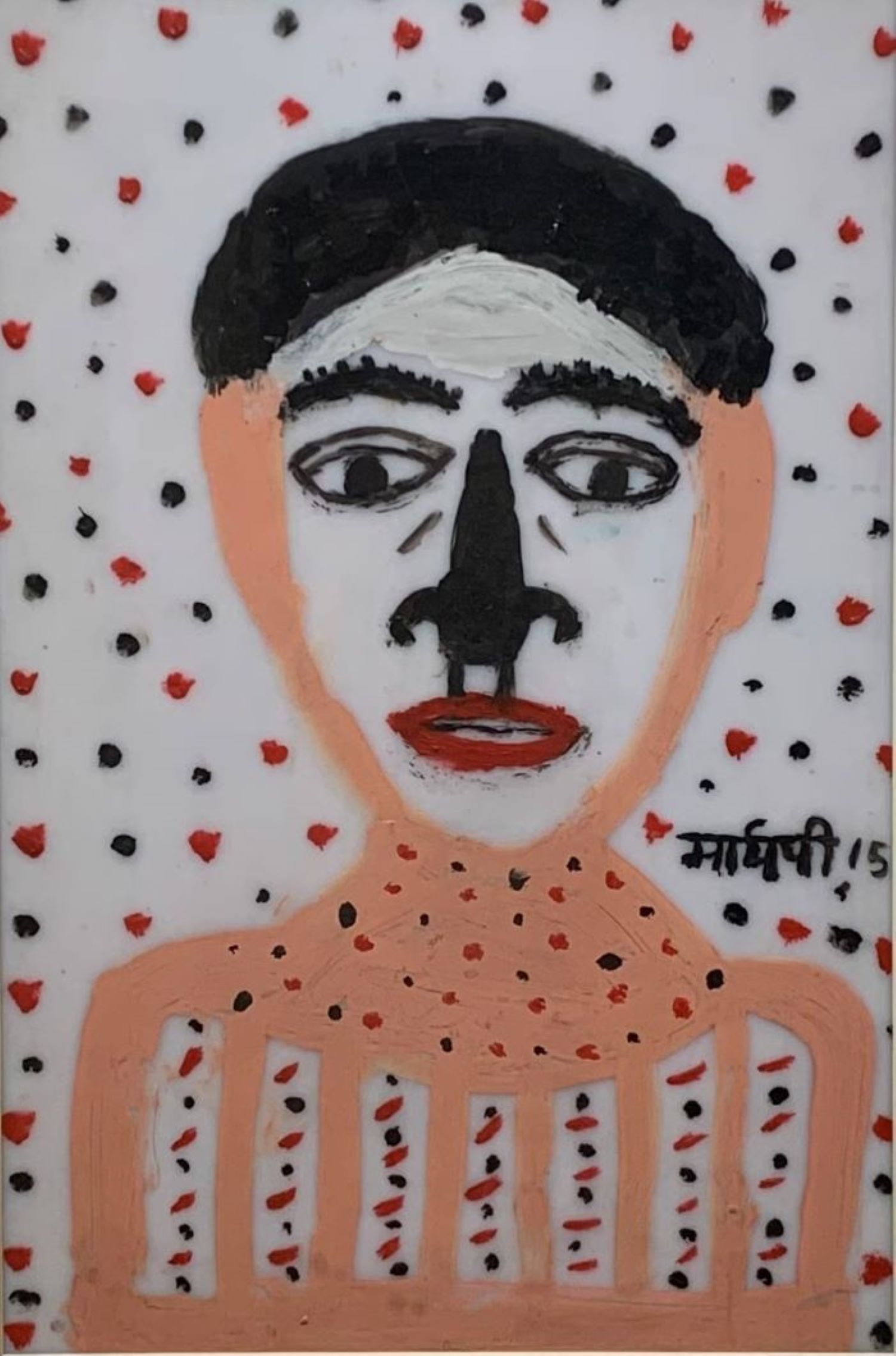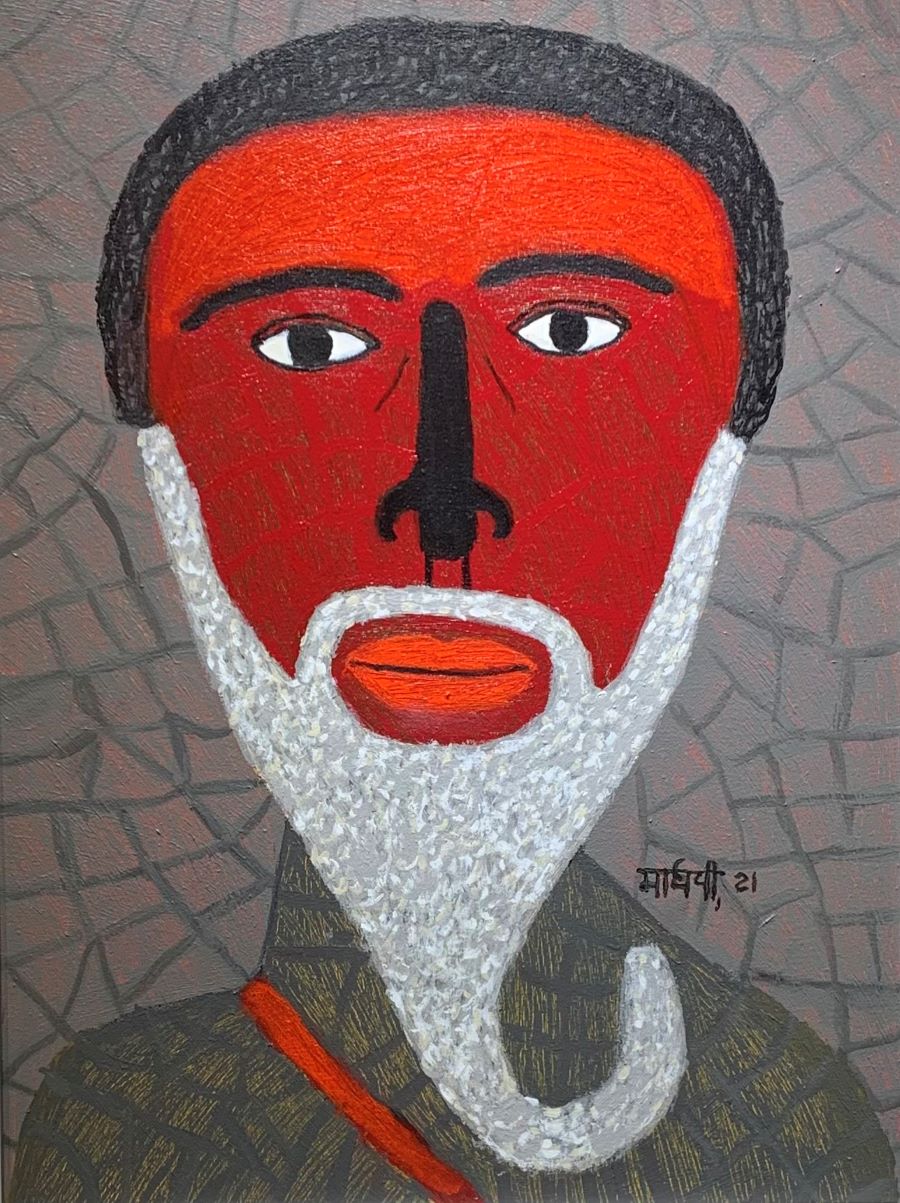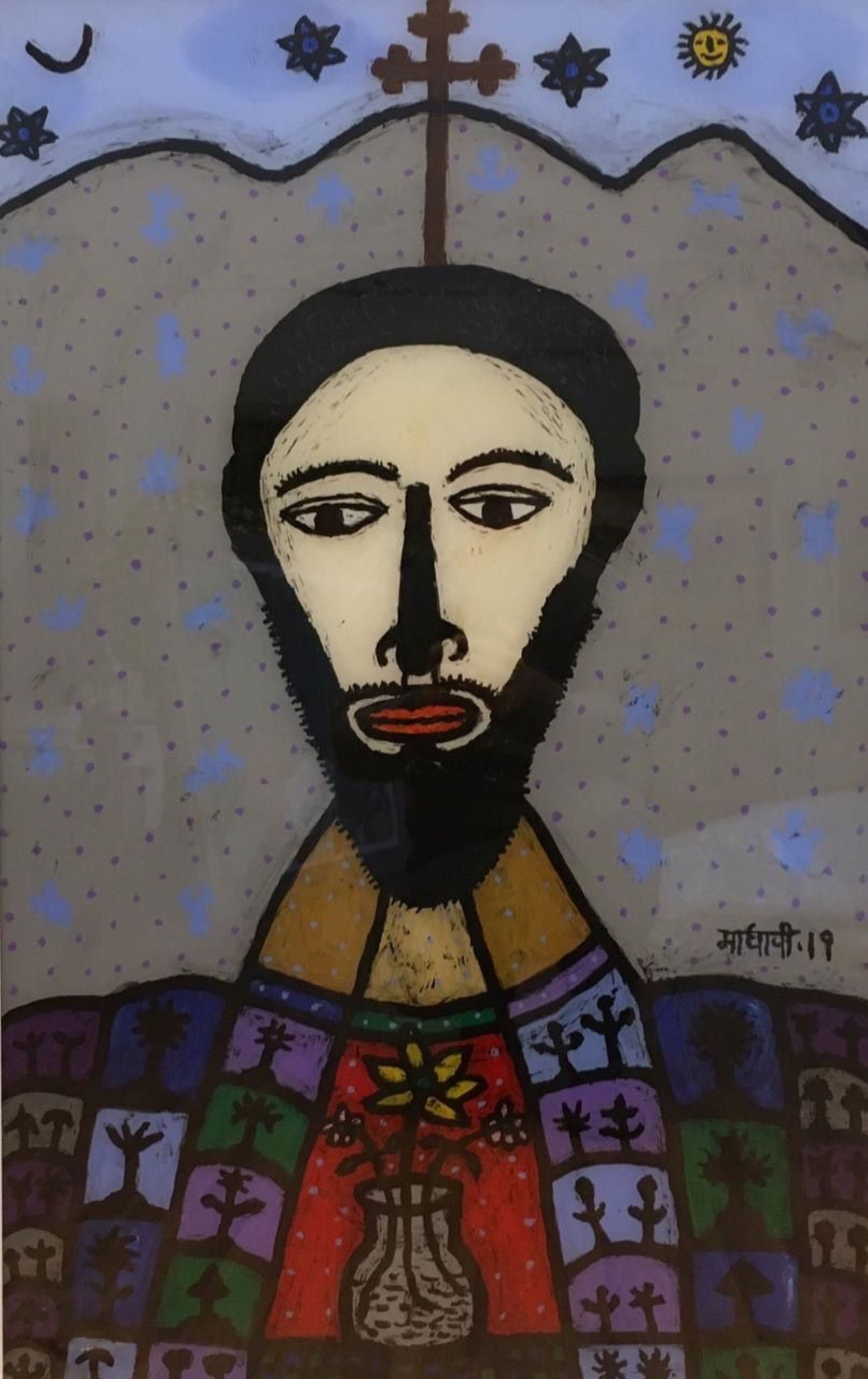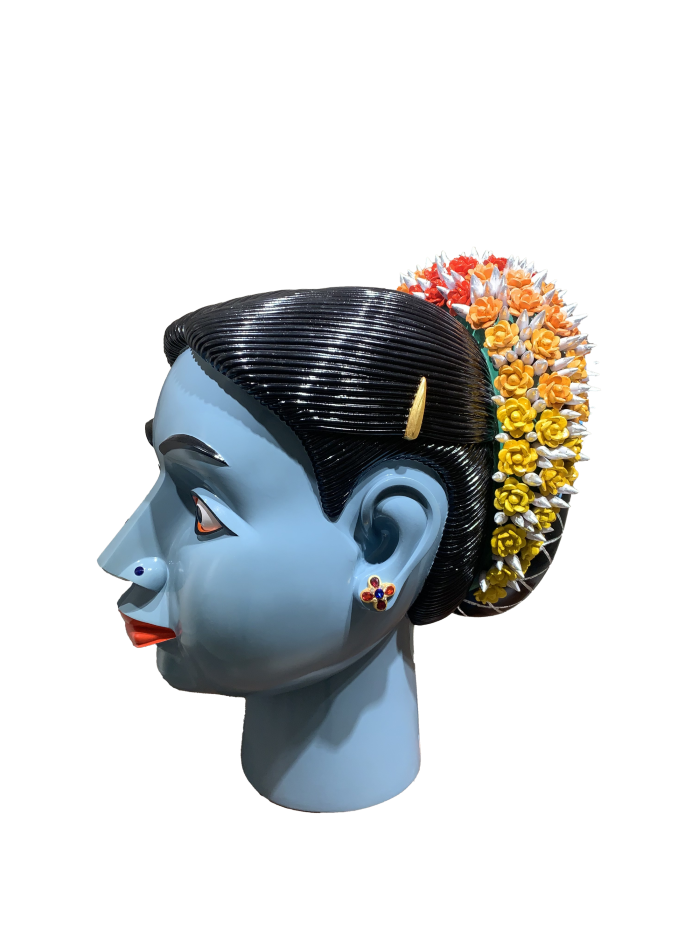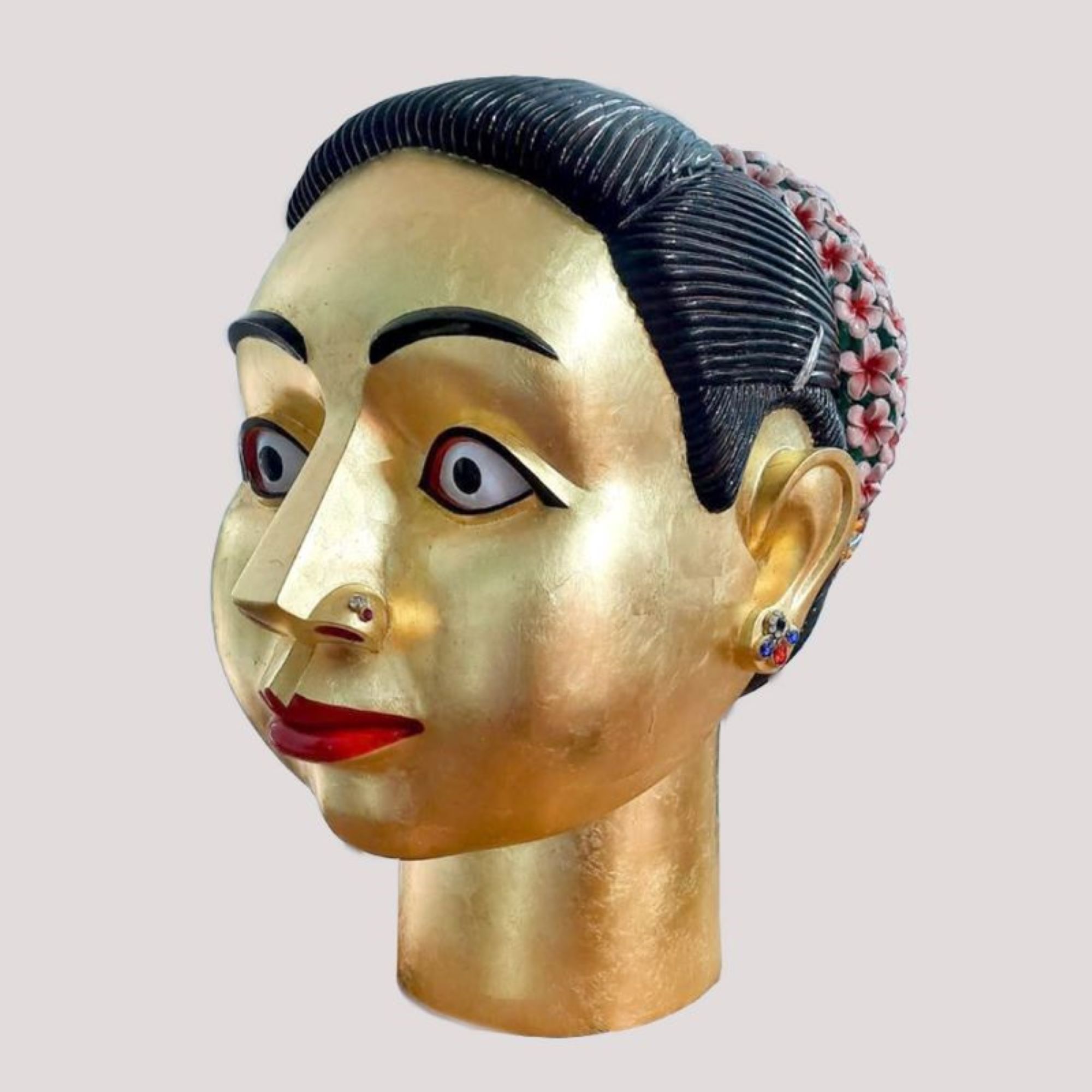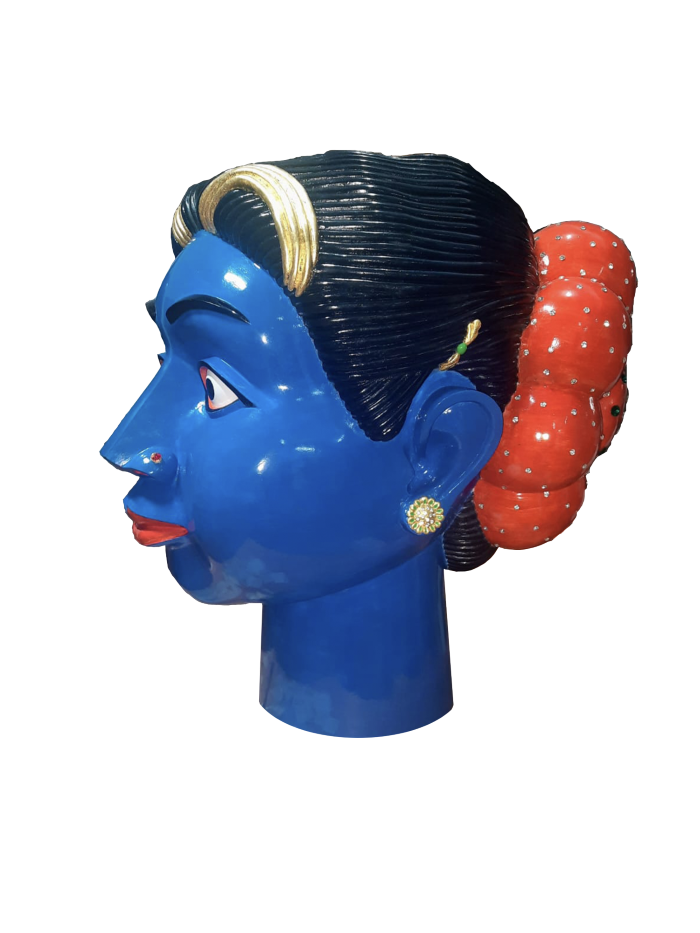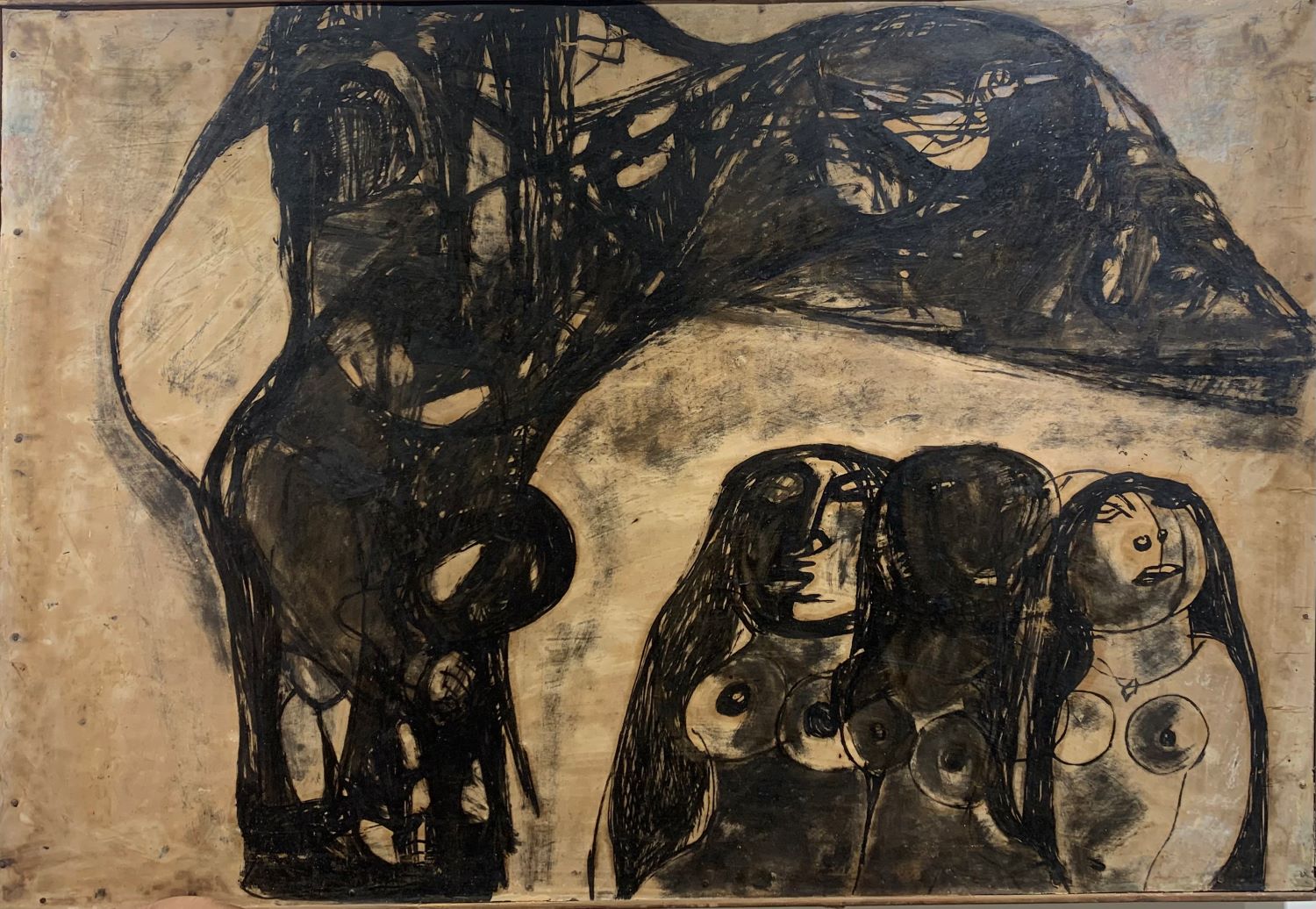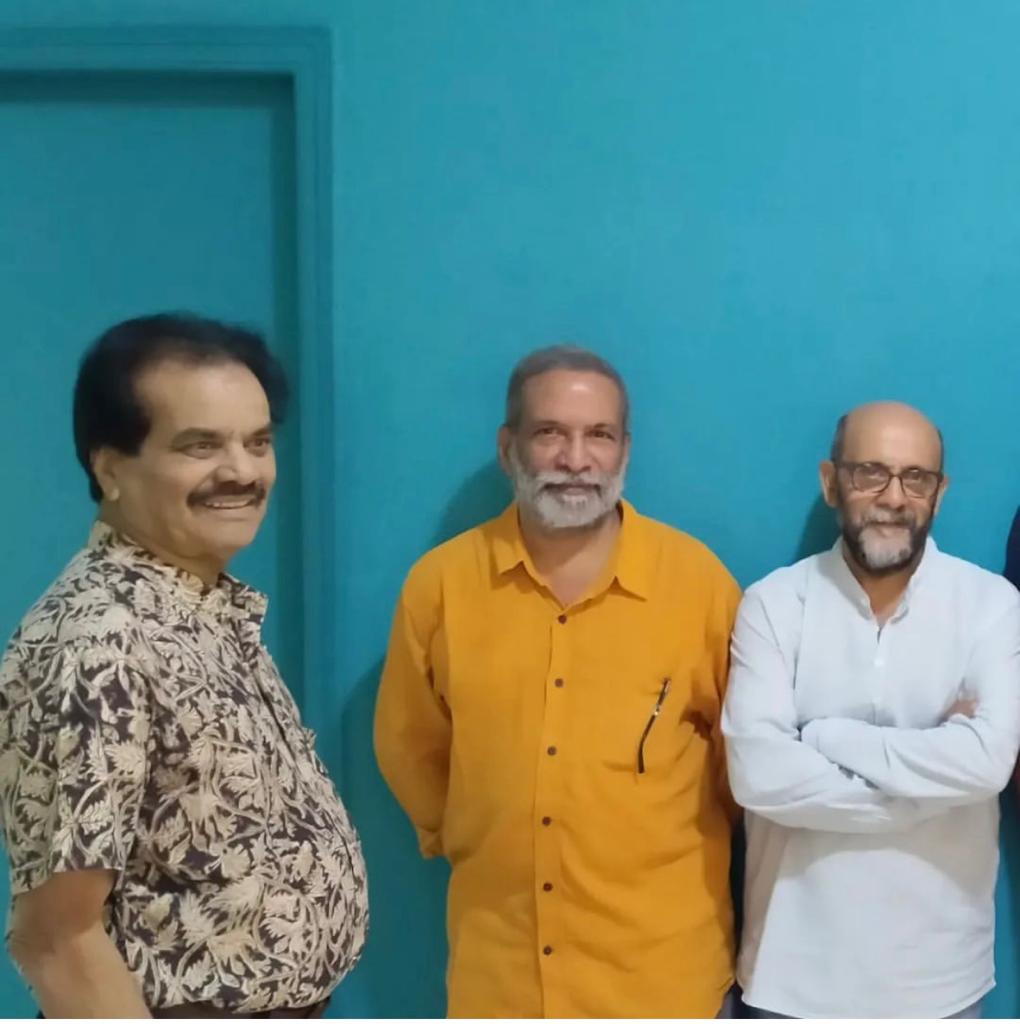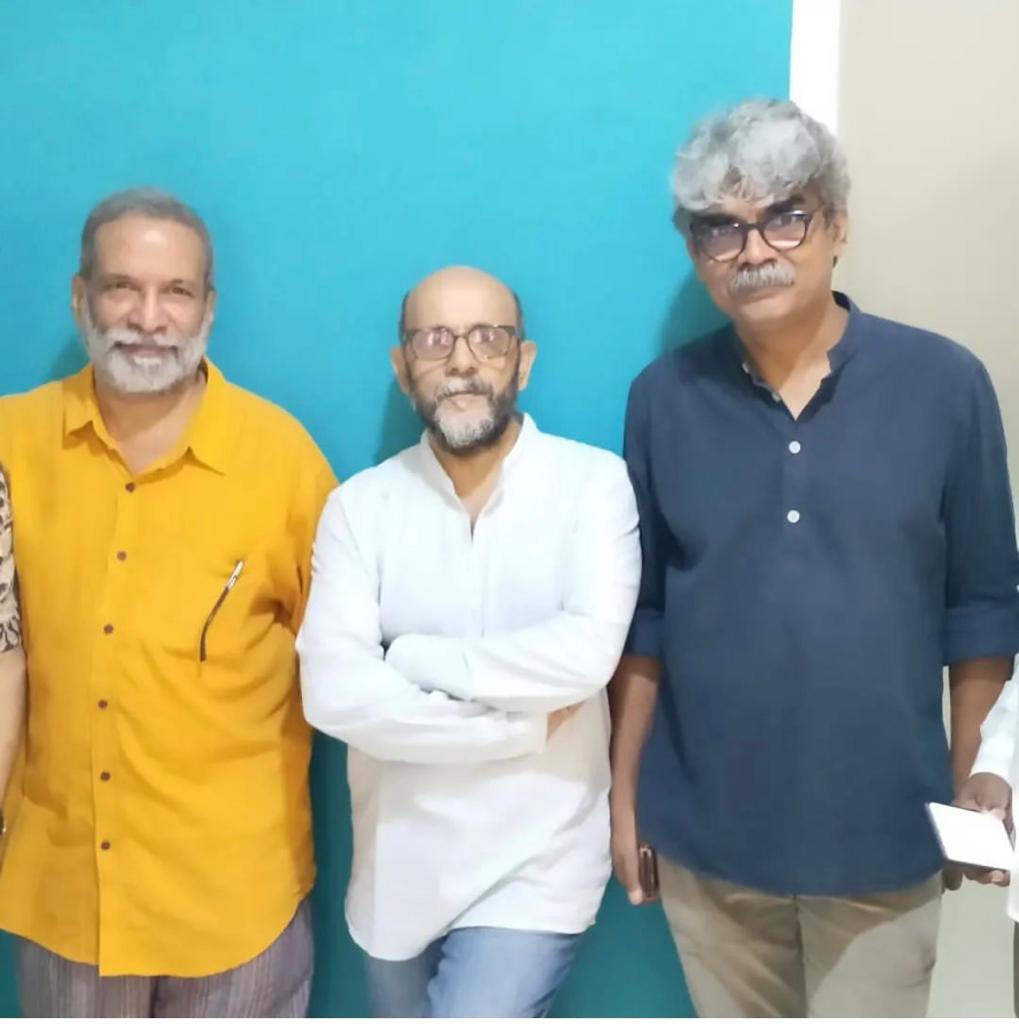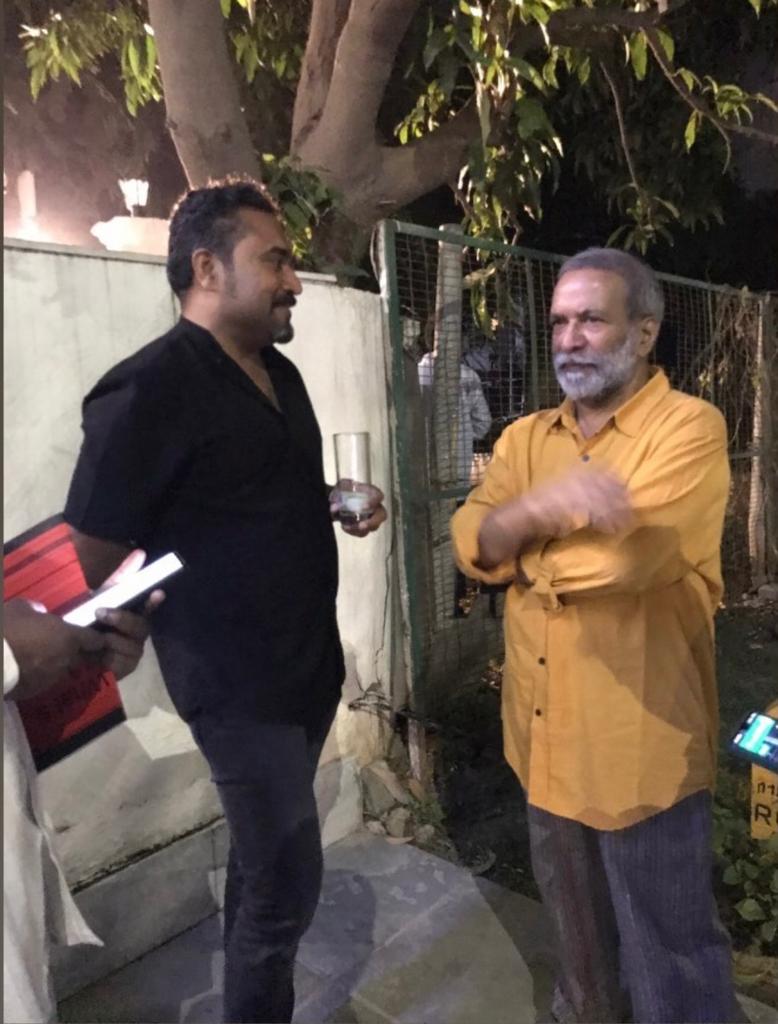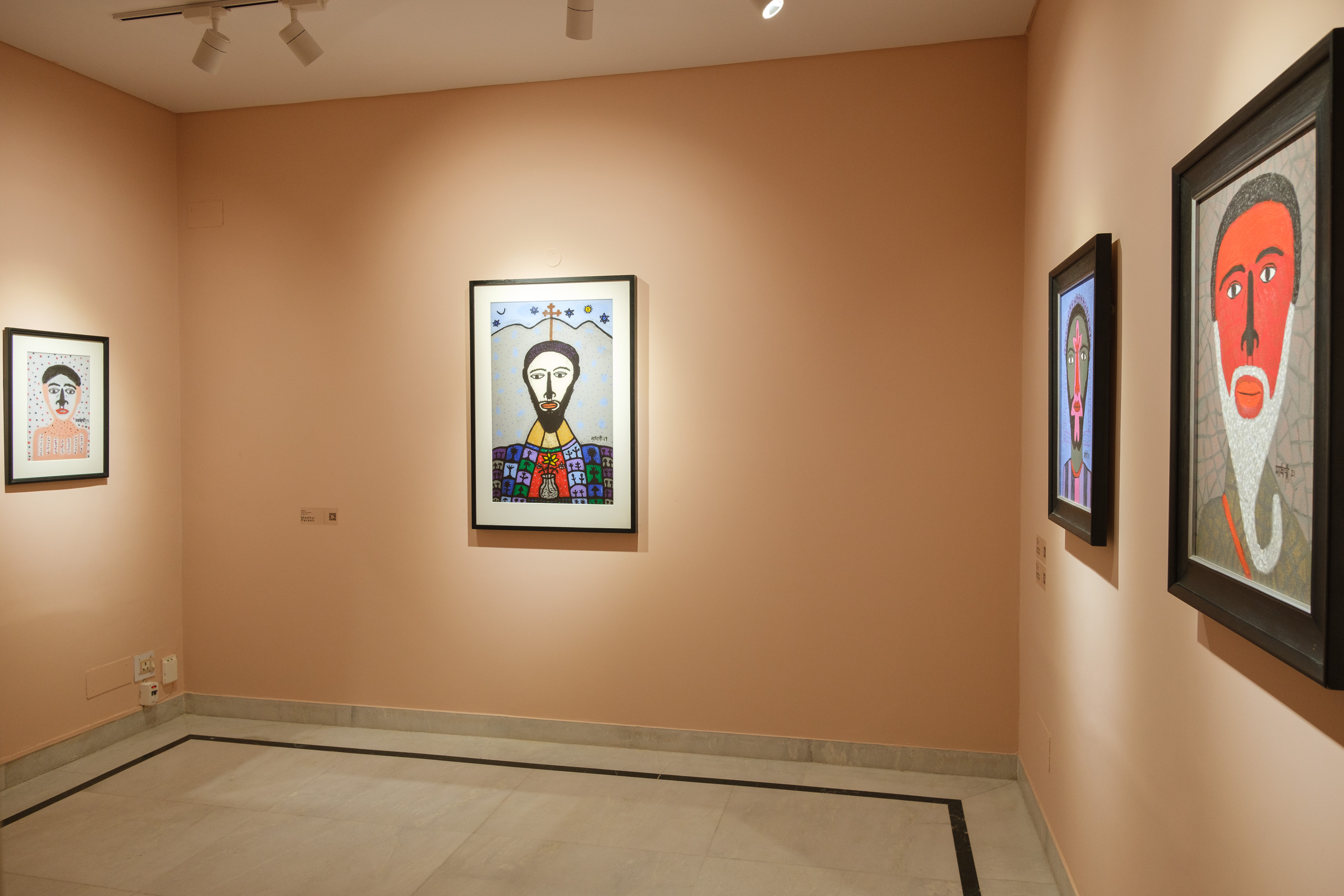What's in a Face?
The history of art practice is replete with the depiction of faces. The representation of face has been an inevitable part of human history, even though the mediums and strategies of visualization have constantly been evolving. From its heyday, artists have significantly moved away from realistic representation and adapted abstraction or idealized portrayal as a parallel strategy to render the human face. Modern practitioners returned to the human face, especially with their encounter with non-European visual culture, as an essential method of portraying the crisis in subjectivity. With increased surveillance technologies, face scanning apps, smartphone cameras, and the burgeoning of social media, the human face is at the zenith of its representation to characterize our identity.
Show more





